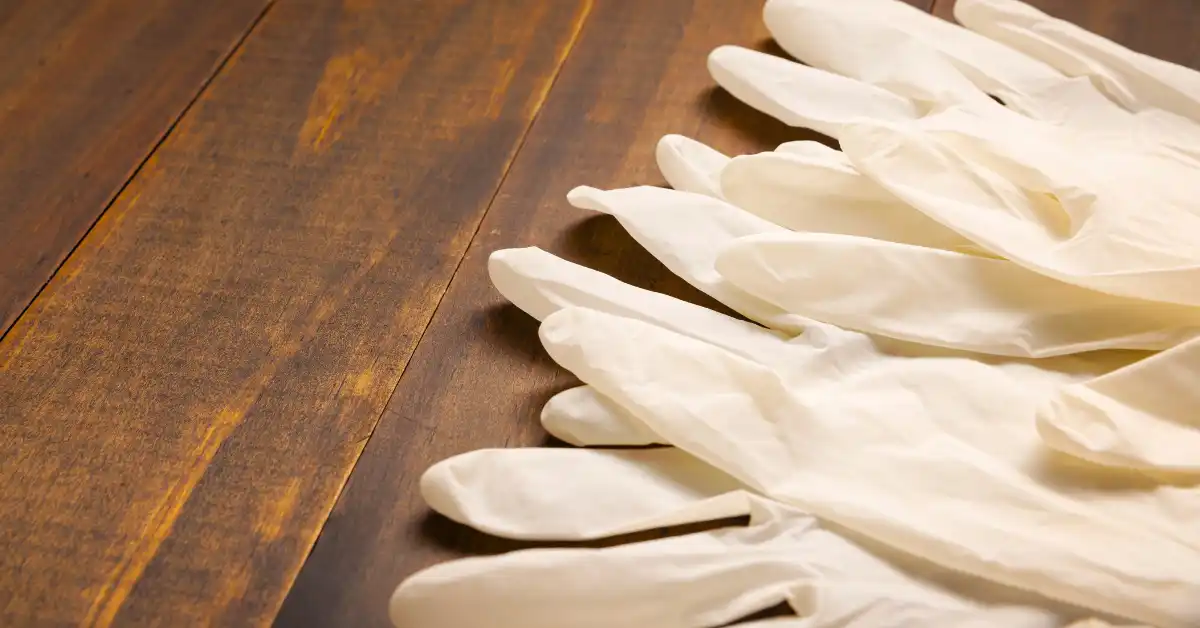
Understanding Glove Powder Allergy: Symptoms, Causes, and Management
What is Glove Powder Allergy and Why Does it Occur? Glove powder allergy refers to an allergic reaction that occurs in response to the powder

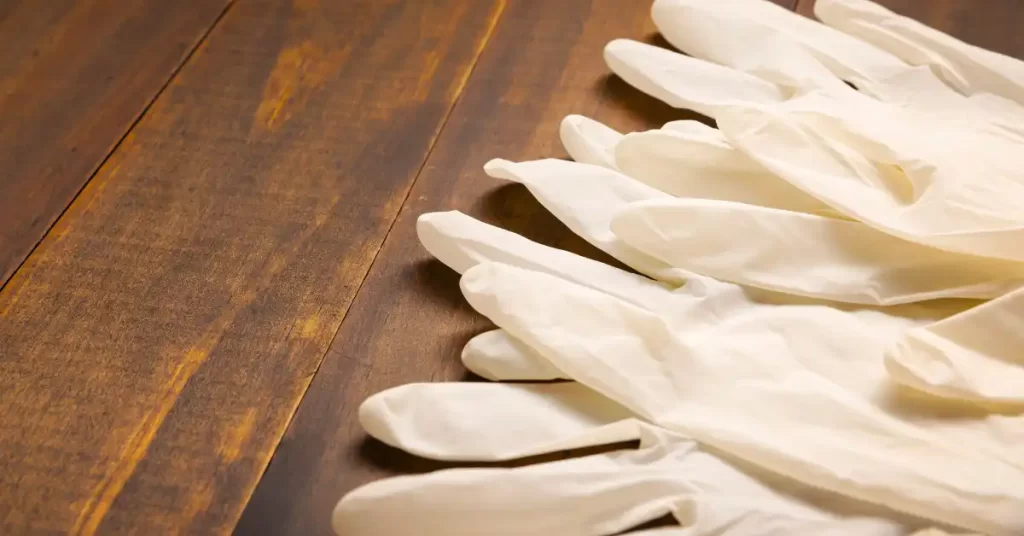
Glove powder allergy refers to an allergic reaction that occurs in response to the powder used on latex gloves. This condition is primarily associated with powdered natural rubber latex gloves, which are commonly used in medical and industrial settings. The powder, often made from cornstarch, is applied to facilitate easy donning and doffing of gloves. However, when these gloves are worn or removed, the powder can become airborne and be inhaled or touch the skin. This may result in allergic reactions.
The causes of glove powder allergy stem from the proteins found in natural rubber latex as well as the cornstarch powder itself. When people who have a sensitivity to these materials encounter them, their immune system might incorrectly perceive them as dangerous substances. This can lead to different of symptoms, such as skin irritation, respiratory issues, and in severe cases, anaphylaxis. Understanding glove powder allergy is crucial for healthcare providers and workers who frequently use latex gloves. They can take relevant precautions to lessen exposure and prevent allergic reactions.
Managing and preventing glove powder allergy is essential for individuals who are affected by this condition. Glove powder, often found in latex gloves, can stimulate allergic reactions ranging from mild irritation to severe respiratory issues. To effectively manage this allergy, it is crucial to adopt strategies that minimize exposure and alleviate symptoms.
One of the primary management strategies involves avoiding glove powder exposure altogether. This can be achieved by opting for powder-free gloves. Tj are now widely available in various materials such as nitrile and vinyl. When selecting gloves, individuals should read labels carefully to ensure they are choosing products specifically marked as “powder-free.”
Additionally, creating an environment that reduces the risk of allergen exposure is important. This includes ensuring proper ventilation in workspaces where gloves are frequently used and encouraging colleagues to also use powder-free options. Regular cleaning of surfaces that may have come into contact with powdered gloves can further help in minimizing allergen presence.
For those already experiencing symptoms of a glove powder allergy, it’s advisable to consult with a healthcare professional for personalized management strategies. They may recommend antihistamines or other medications to alleviate allergic reactions and provide guidance on how to navigate environments where glove use is necessary.
By implementing these management strategies and prioritizing the use of safe alternatives, individuals can significantly reduce their risk of experiencing adverse reactions associated with glove powder allergies.
In conclusion, glove powder allergy is a significant concern for individuals frequently exposed to powdered latex gloves. Understanding the nature of this allergy, its causes, and effective management strategies is essential for those impacted. By opting for powder-free alternatives and creating a controlled environment, individuals can minimize exposure and reduce the risk of allergic reactions. Consulting with healthcare professionals for tailored advice is also crucial in managing symptoms effectively. Through awareness and proactive measures, individuals can safeguard their health while working in environments where glove use is necessary, ensuring safety for themselves and those around them.

What is Glove Powder Allergy and Why Does it Occur? Glove powder allergy refers to an allergic reaction that occurs in response to the powder
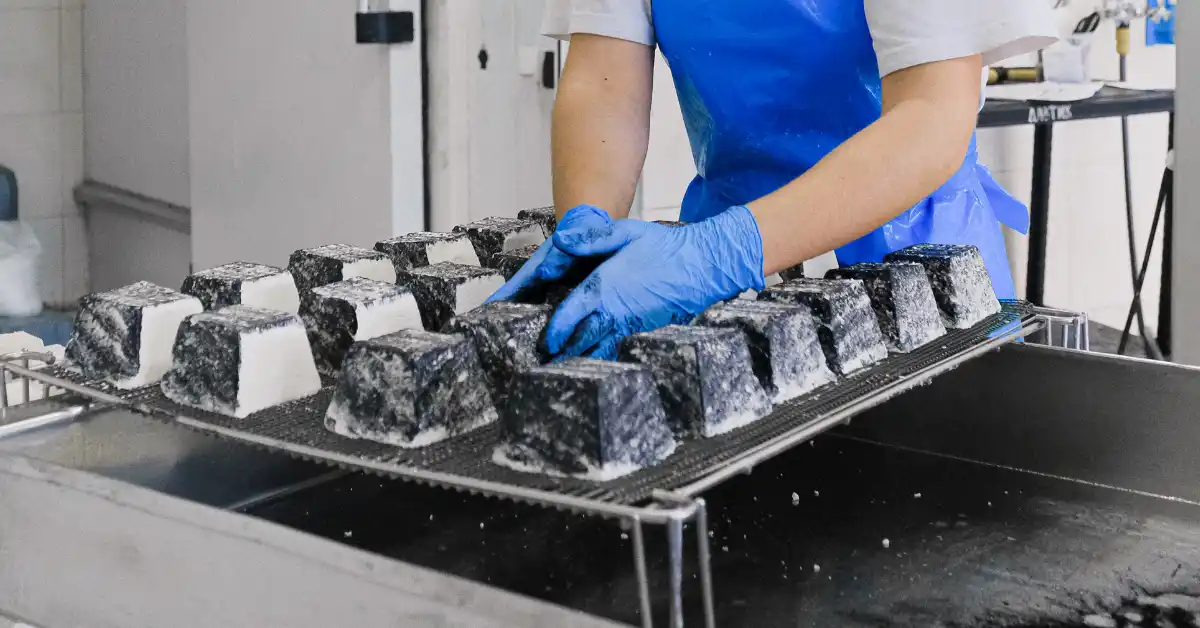
Understanding the Importance of Food Safety Gloves Understanding the importance of food safety gloves is crucial for maintaining hygiene in food preparation and ensuring overall

Common Misconceptions About Latex in Natural Rubber Products When discussing natural rubber products, one common question arises: does natural rubber contain latex? To clarify, natural

Natural rubber latex is a milky fluid derived from the sap of rubber trees, primarily the Hevea brasiliensis species. It is composed of water, proteins,
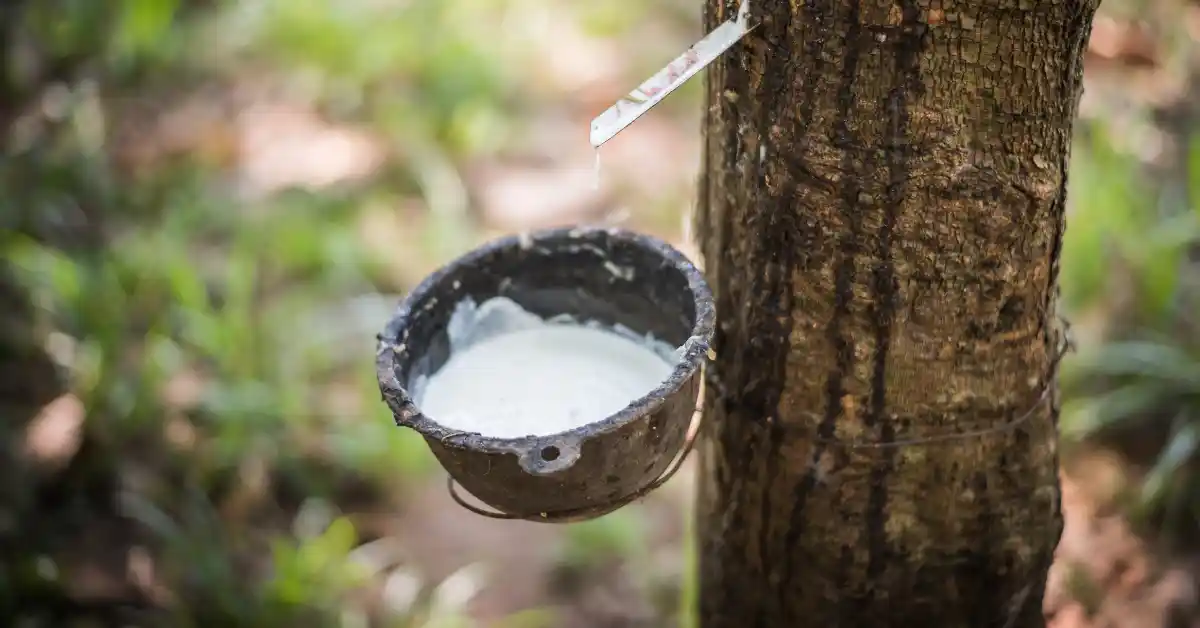
Natural rubber latex is a milky fluid harvested from the rubber tree, scientifically known as Hevea brasiliensis. This versatile substance is primarily composed of polyisoprene,
Driven by a passion for excellence, our mission is to consistently deliver the highest quality products at the most affordable prices. We aim to exceed customer expectations, creating value and trust.
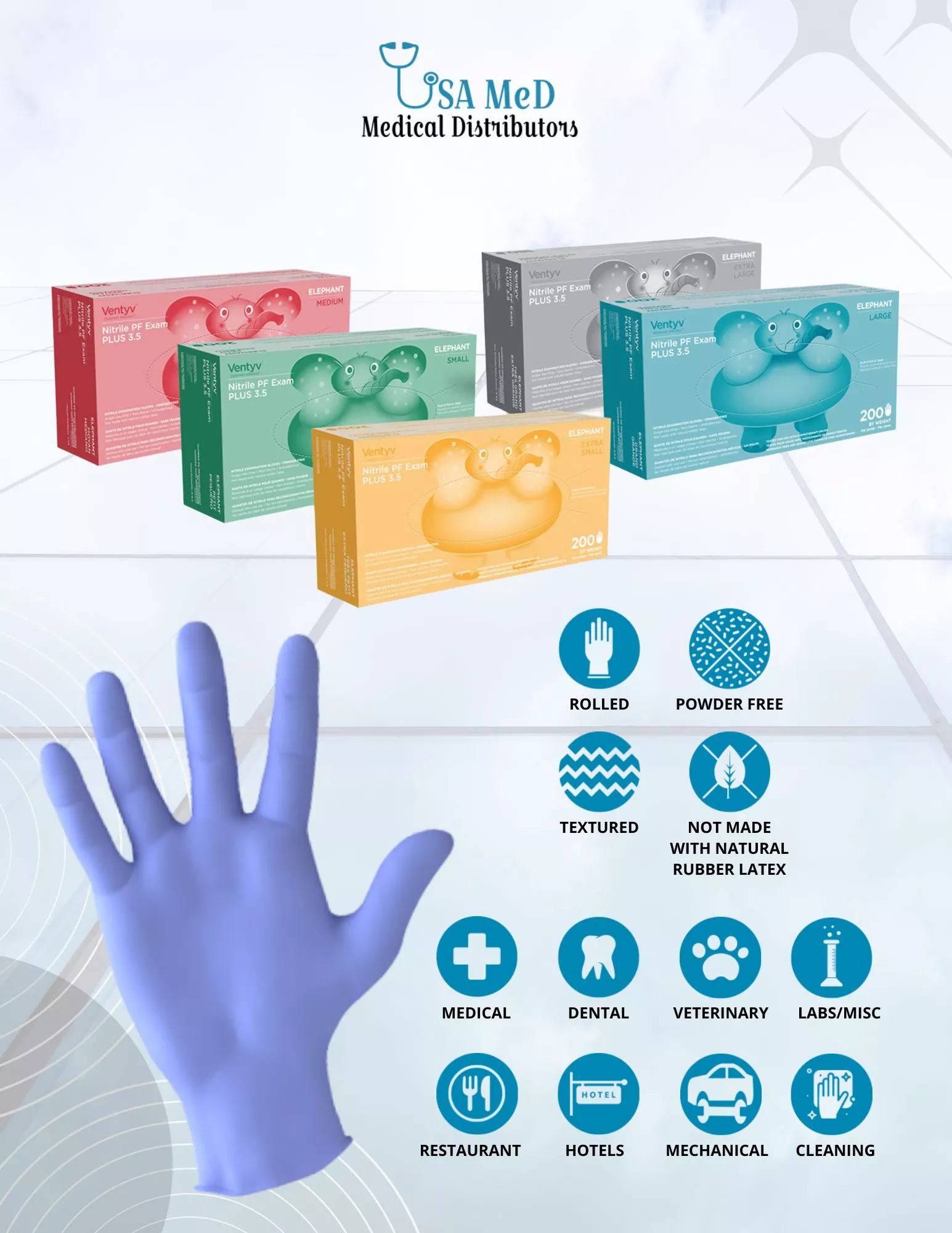
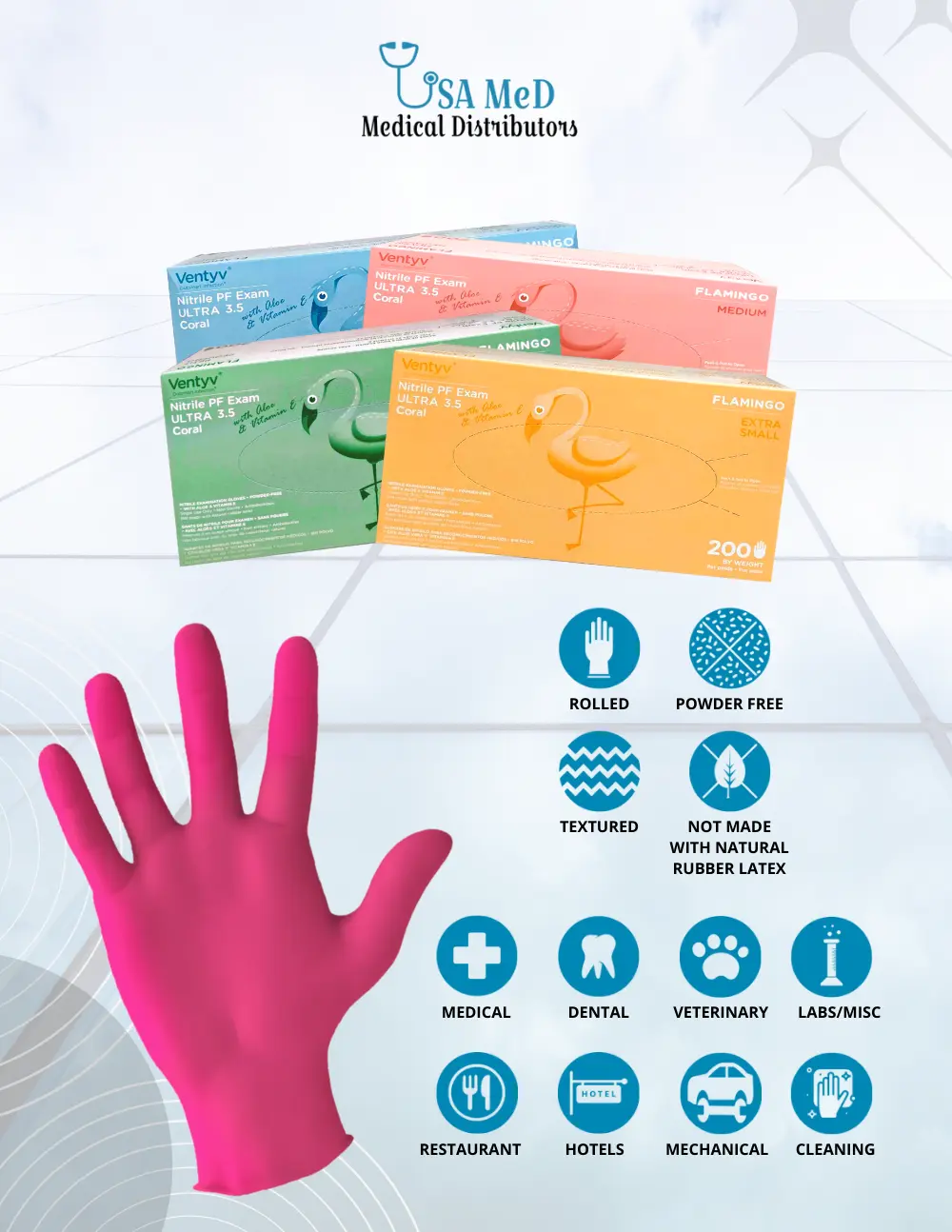
Phone Number: (239) 266 -1290
Email Addresses:
sales@usamedicaldistributors.com
customercare@usamedicaldistributors.com
Mailing Address :
501 Goodlette, Frank Rd N A105, Naples, FL 34102
Copyright 2022 – 2024. USAMED Medical Distributors. All rights reserved.
Privacy Policy | Return and Refund Policy
| Website by M. Escober